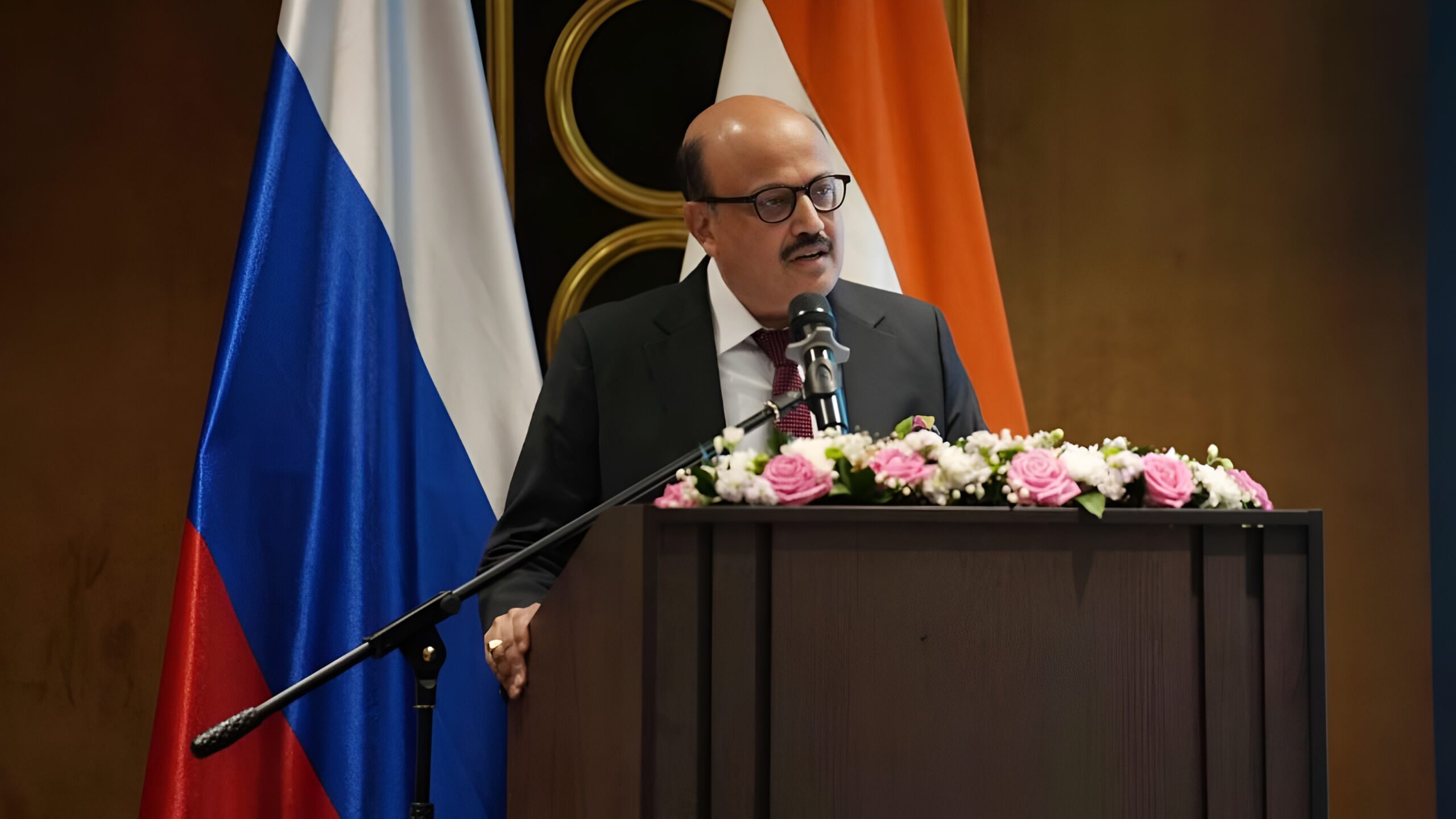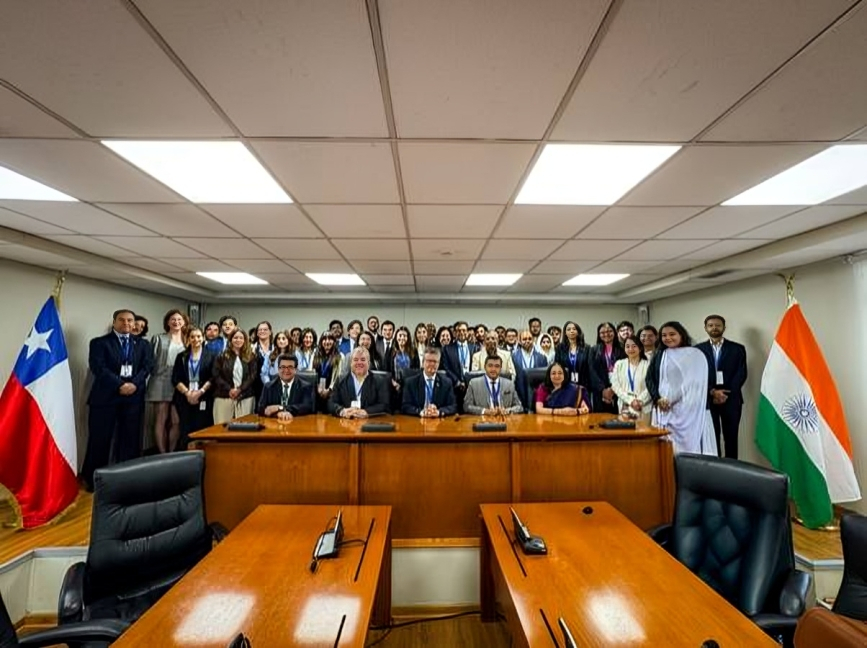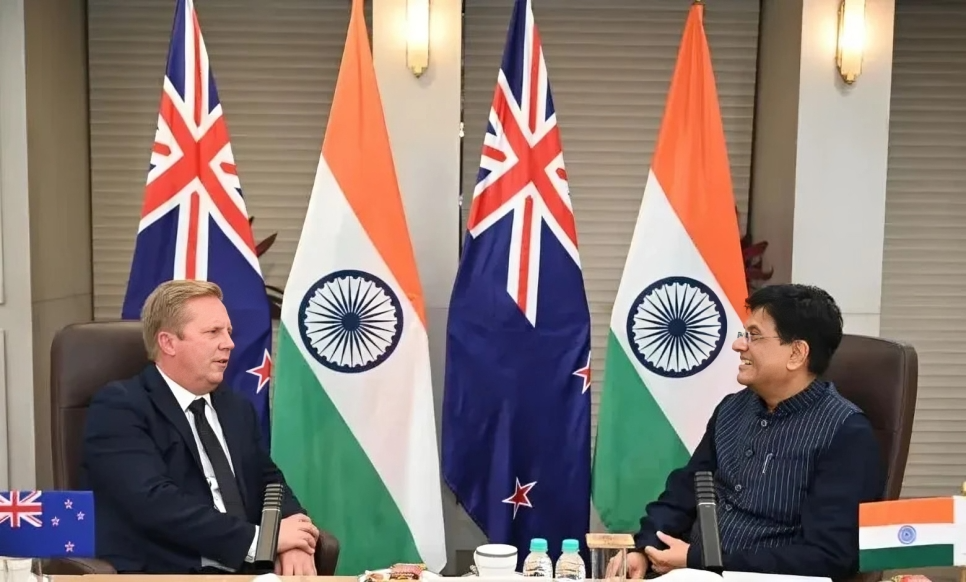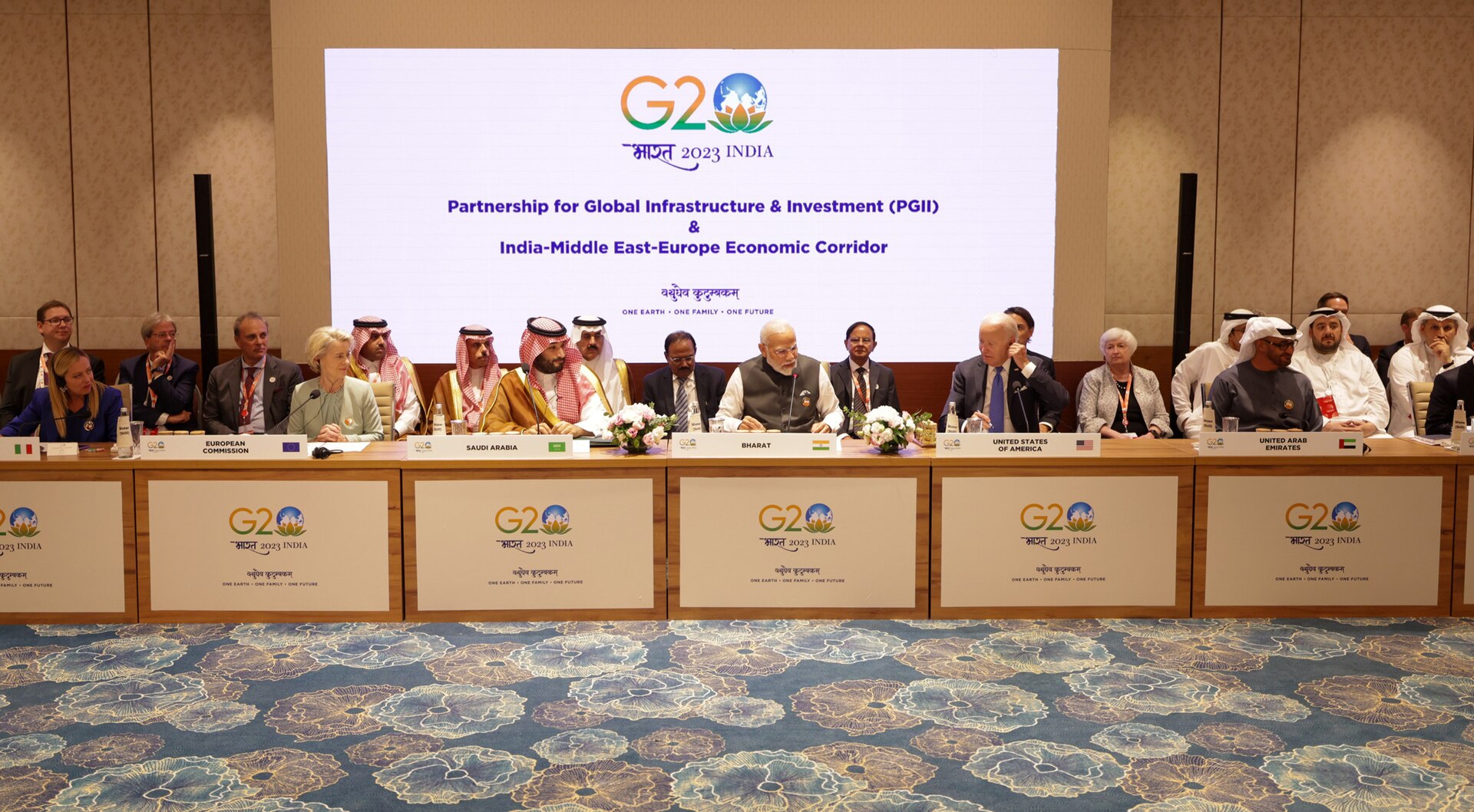India-Oman Comprehensive Economic Partnership: Diversifying Trade Beyond Energy
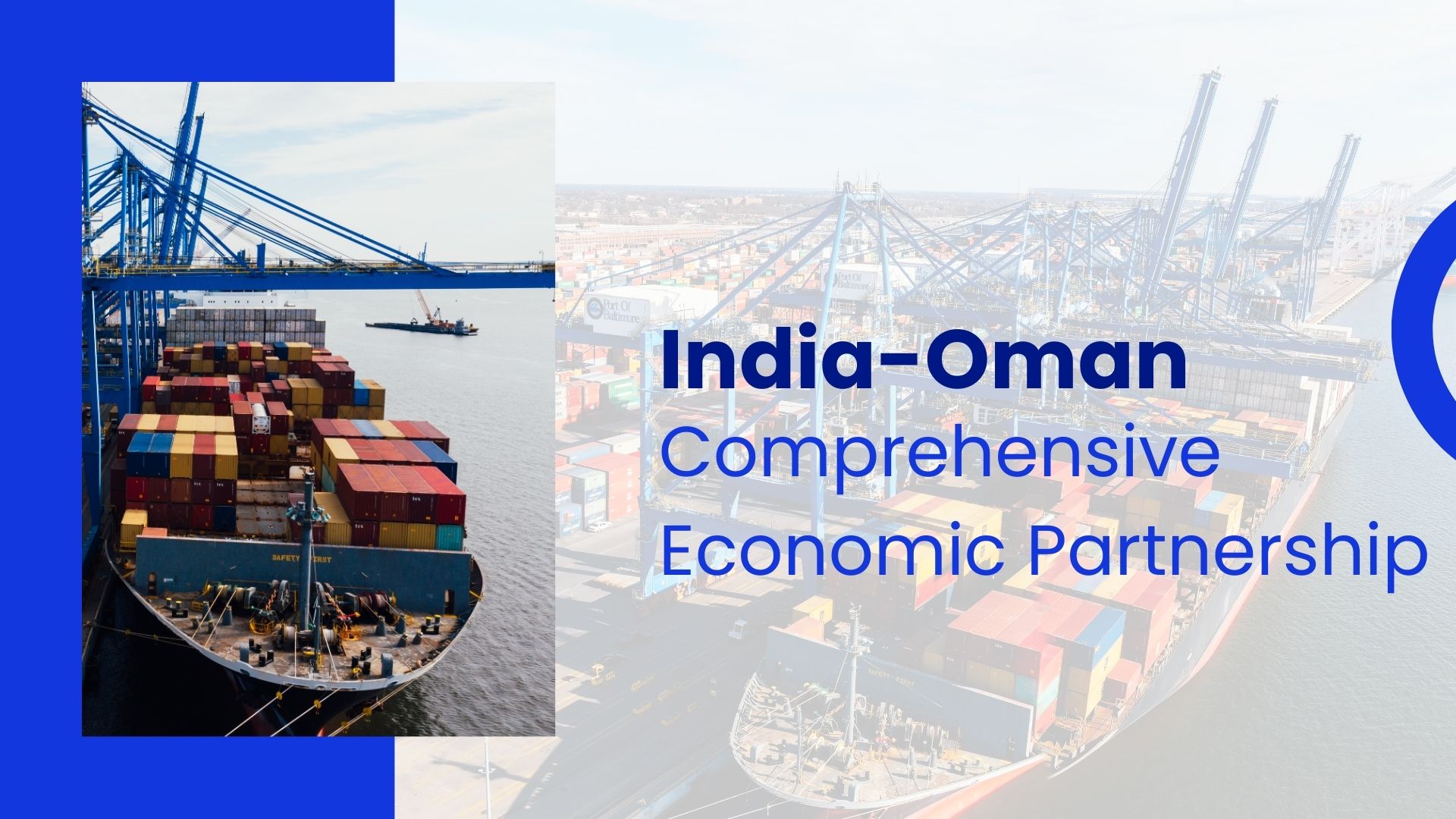
India and Oman are poised to finalize a Comprehensive Economic Partnership Agreement (CEPA), a landmark initiative that is expected to significantly reshape the bilateral trade and investment landscape. Bilateral trade between the two nations has steadily exceeded $10 billion in recent years, with the bulk of this commerce dominated by energy exports, particularly crude oil and petrochemicals. While this reflects a long-standing and robust economic connection, both countries recognize the need to diversify the trade portfolio and move beyond traditional energy reliance. The CEPA aims to address this by systematically reducing tariffs and non-tariff barriers, thereby creating a framework that encourages the flow of a wider range of goods and services. This move is anticipated to generate new opportunities for businesses in both countries and strengthen long-term economic resilience.
Strategic Timing and Progress in Negotiations
Negotiations for the CEPA commenced in November 2023 and have moved at a pace that reflects the urgency and strategic importance attached to this agreement by both governments. Oman’s ambassador to India, Issa Saleh Abdullah Saleh Alshibani, recently confirmed that the agreement is in its final stages and is expected to be signed imminently. The final draft is undergoing translation into Arabic for Omani cabinet approval, signaling that the agreement is on the cusp of formalization. The timing of this CEPA is particularly significant in light of India’s broader economic engagement with Gulf Cooperation Council (GCC) countries and Oman’s Vision 2040, which aims to diversify its economy beyond hydrocarbons and strengthen international trade partnerships. This strategic alignment ensures that the CEPA is not just a trade deal, but a carefully planned instrument for long-term economic and geopolitical collaboration.
Diversifying Trade Beyond Energy
Traditionally, trade between India and Oman has been heavily weighted toward energy products, with petroleum and petrochemicals forming the majority of exports and imports. The CEPA aims to break this dependence by promoting diversification into sectors such as agriculture, manufacturing, renewable energy, infrastructure, and digital services. For Indian exporters, the reduction in customs duties on agricultural and manufactured goods is expected to enhance market access in Oman, opening doors for products ranging from processed foods to industrial machinery. Oman, on the other hand, stands to benefit from increased Indian investment in emerging sectors such as logistics, renewable energy, and technology-driven services. By broadening the economic base, the CEPA provides both nations with the opportunity to strengthen trade resilience against global energy price fluctuations and market shocks.
Empowering the Services Sector
A distinguishing feature of the India-Oman CEPA is its emphasis on the services sector, which represents a growing area of global economic activity. Sectors such as information technology, education, healthcare, and financial services are expected to gain significantly from the agreement. Through provisions that facilitate mutual recognition of professional qualifications and the easing of regulatory hurdles, the CEPA is designed to encourage the mobility of expertise between the two countries. This not only enables service providers to expand their operations but also promotes collaboration in knowledge-driven industries such as fintech, digital logistics and healthcare technology. By fostering such partnerships, the CEPA positions both nations to capture emerging opportunities in global value chains and technological innovation.
Unlocking Investment Opportunities
The CEPA is also expected to have a transformative impact on bilateral investment flows. By creating a transparent regulatory environment and reducing barriers to trade, the agreement aims to attract foreign direct investment to both markets. Indian businesses may explore infrastructure development opportunities in Oman, particularly in areas such as ports, logistics hubs and renewable energy projects, while Omani investors could tap into India’s growing sectors, including manufacturing, technology, and green energy. This two-way investment potential reinforces the strategic dimension of the CEPA, enabling both countries to leverage each other’s markets for sustainable economic growth and to foster a deeper economic interconnection.
Strengthening India’s Engagement with the Gulf
The CEPA complements India’s ongoing efforts to deepen economic ties with the Gulf region. The success of the India-UAE CEPA, signed in 2022, which saw bilateral trade surpass $100 billion, illustrates the transformative potential of such agreements. By replicating a similar model with Oman, India stands to further integrate itself into the Gulf economic ecosystem, facilitating access to markets for MSMEs and larger corporations alike. This engagement is not just limited to trade; it extends to technology transfer, skill development, and collaborative ventures in sectors critical to future growth, thereby enhancing India’s strategic and economic presence in the region.
Strategic and Long-Term Implications
Beyond immediate trade benefits, the CEPA carries strategic implications for both countries. India secures a more diversified supply of energy and access to strategic markets, while Oman accelerates its economic diversification and infrastructure development. Moreover, collaboration in emerging technologies, digital services and sustainable development initiatives is expected to underpin the long-term relevance of the agreement. By creating a framework for innovation-led trade and investment, the CEPA aligns with global economic trends while ensuring that both countries are prepared to capitalize on future opportunities.
A New Era of Bilateral Cooperation
In conclusion, the India-Oman CEPA is a forward-looking agreement that extends beyond conventional trade arrangements. By diversifying trade, promoting investment, and fostering collaboration in services and emerging sectors, it sets the stage for a more resilient, balanced, and growth-oriented economic partnership. As both nations move toward the final signing, businesses, investors and policymakers are poised to benefit from expanded opportunities, making this agreement a cornerstone of India-Oman economic relations for decades to come.






